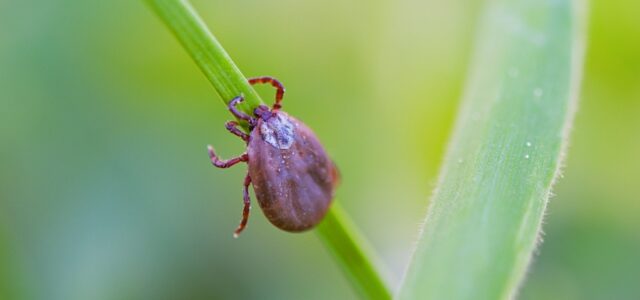Call for your appointment today 914-666-4665 | Mt. Kisco, New York

In the article, “Pathogens Manipulating Tick Behavior—Through a Glass, Darkly,” Benelli reviews the literature on tick behavior triggered by infections with Anaplasma, Borrelia, Babesia, Bartonella, Rickettsia, and tick-borne encephalitis virus (TBEV).¹
You might think a deer tick would be worse off if infected. But, not so. It appears that deer ticks are actually more likely to survive if they are infected with Borrelia, Anaplasma, or Babesia.
How do these pathogens cause changes in tick behavior?

Benelli describes a number of behavioral changes that occur in the infected tick that may enhance its survival.
- Nymphal deer ticks infected with Borrelia were able to climb higher, faster, and longer than ticks that were not infected. This increase in tick mobility boosts the tick’s questing and walking activity.
- Deer ticks infected with Borrelia are more likely to engorge more quickly by up-regulating the tick histamine release factor.
- Infections with Babesia and Bartonella also increase the tick’s ability to engorge.
- Borrelia and Anaplasma infection increase the tick’s resistance to desiccation (or drying out). Borrelia does this by increasing the tick’s fat reserves. Anaplasmosis does this by the synthesis of heat shock proteins.
- Anaplasma infection improves the tick’s ability to survive in the cold by enabling it to produce an antifreeze glycoprotein.
The author concludes that “being infected by Anaplasma, Borrelia and Babesia leads to increased tick survival.”
Benelli stresses the need for more research into the impact of other pathogen infections on tick behavior.
Related Articles:
When do ticks quest, waiting for their next meal?
Have you been bitten by a partially fed tick?
More than 50% of ticks harbor Lyme disease agent and co-infections
References:
- Benelli G. Pathogens Manipulating Tick Behavior-Through a Glass, Darkly. Pathogens. 2020;9(8).



